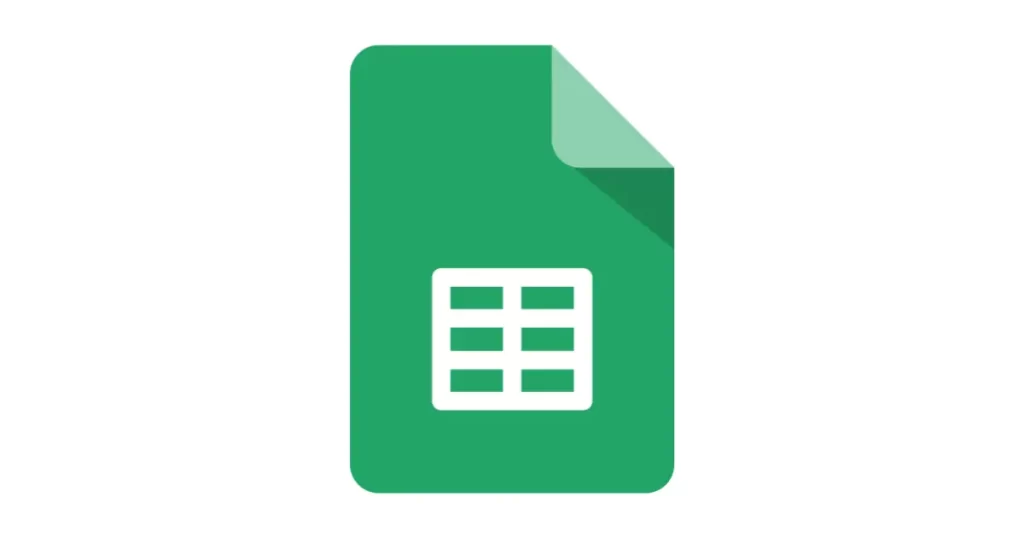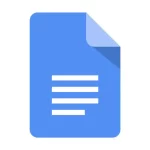Table of Contents
In the ever-evolving realm of document management, transitioning from Excel to Google Sheets is not only a practical move but also a gateway to a more collaborative and dynamic experience. Navigating this conversion might seem daunting at first, but fear not – our step-by-step guide is designed to enhance your understanding and ensure a seamless process.
Understanding the Basics
Let’s dive in. In the heart of this transformation lies a straightforward process. When it comes to converting Excel to Google Sheets, follow these meticulous steps to ensure a smooth transition:
- Access Google Sheets:
Begin by logging into your Google account and accessing Google Sheets. If you don’t have an account, it’s not merely about creating one; it’s about unlocking a suite of collaborative tools. - Upload Your Excel File:
In Google Sheets, click on “File” in the top-left corner and select “Import.” Choose the option to upload your Excel file. This tailored process ensures your data is seamlessly transferred. - Review and Confirm:
Google Sheets will present you with options to customize the import settings. Tailor these settings according to your preferences. It is advisable to review and confirm to avoid any discrepancies.
Embracing the Conversion
Now that you’ve laid the groundwork, let’s delve into the specifics of the conversion process. Unveil the secrets of a hassle-free transition:
- Sheet Structure:
Google Sheets mirrors Excel’s sheet structure. Sheets become tabs, rows transform seamlessly, and columns maintain their identity. This homogeneity ensures your data retains its integrity. - Formulas and Functions:
One of the robust features of Google Sheets is its compatibility with Excel formulas and functions. The transition is smooth, ensuring that your complex calculations and equations remain intact. - Conditional Formatting:
Google Sheets embraces Excel’s conditional formatting with open arms. Your visually appealing and data-highlighting formats carry over seamlessly, preserving the aesthetics of your sheets.
Beyond the Basics: Collaboration and Accessibility
Converting to Google Sheets is not only about unlocking the secrets of migration but also about embracing a new world of collaboration and accessibility. Here’s where the real magic happens:
- Real-Time Collaboration:
Google Sheets thrives on real-time collaboration. Gone are the days of emailing attachments back and forth. Now, multiple users can work simultaneously on the same sheet, underpinning a collaborative environment. - Access Anytime, Anywhere:
Step into the future with the cloud-based accessibility of Google Sheets. Your data is no longer confined to a single device; it’s at your fingertips, anytime, anywhere. Embrace the freedom of accessibility.
Troubleshooting and Best Practices
As you embark on this transformative journey, it’s essential to be prepared for potential challenges. Here are some practical tips to navigate complexities:
- Data Validation:
Google Sheets may have nuances in data validation rules. Meticulously review your data validation settings post-conversion to ensure seamless functionality. - Chart Adjustments:
While Google Sheets supports various chart types, some adjustments might be needed. Be prepared to tailor your charts for optimal presentation.
In Conclusion: A Seamless Transition Awaits
In the realm of document management, converting Excel to Google Sheets is not merely a shift; it’s a leap towards an enhanced, collaborative future. This guide, designed for those seeking more than just a conversion tutorial, unlocks the secrets to a seamless transition. Embrace the change, unveil the potential, and step confidently into the world of Google Sheets. Your documents are not just transitioning; they are evolving.


